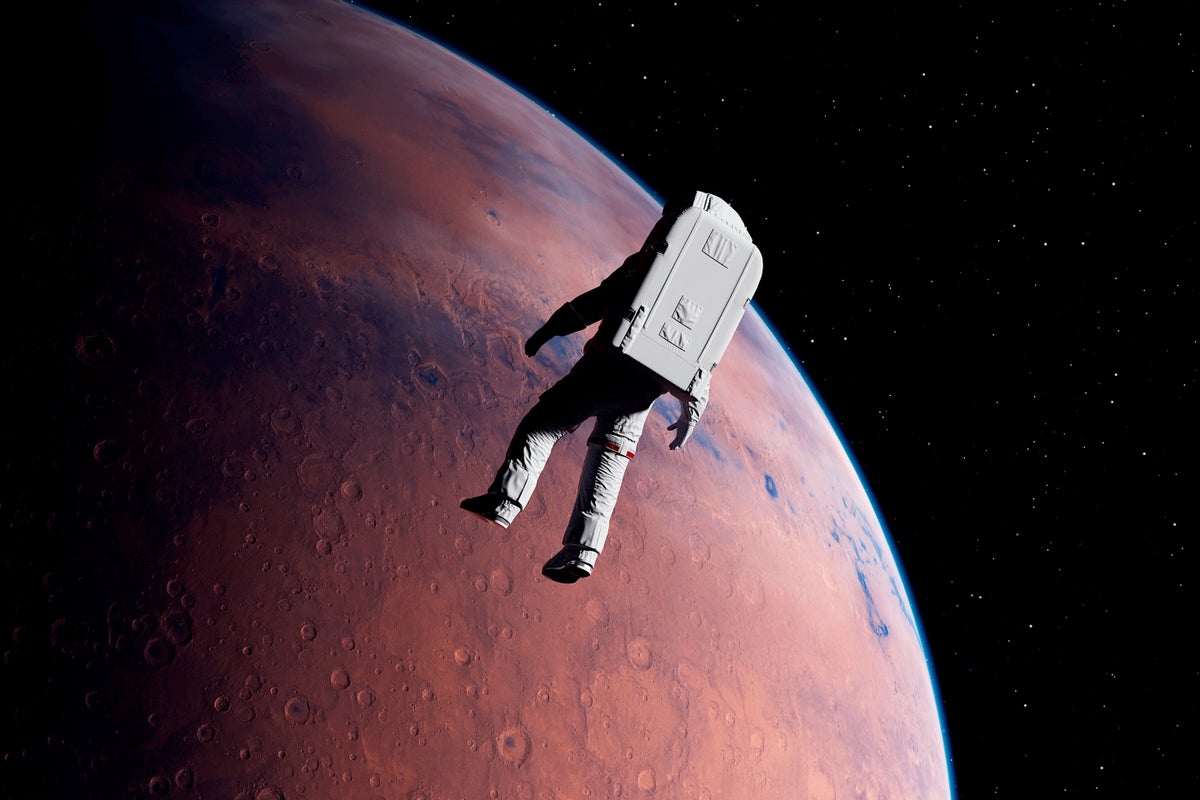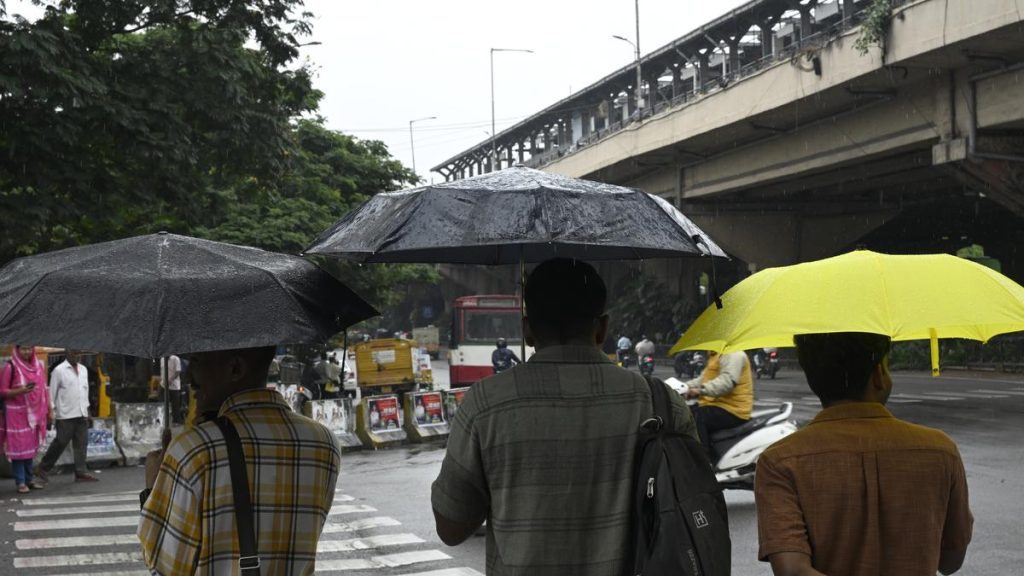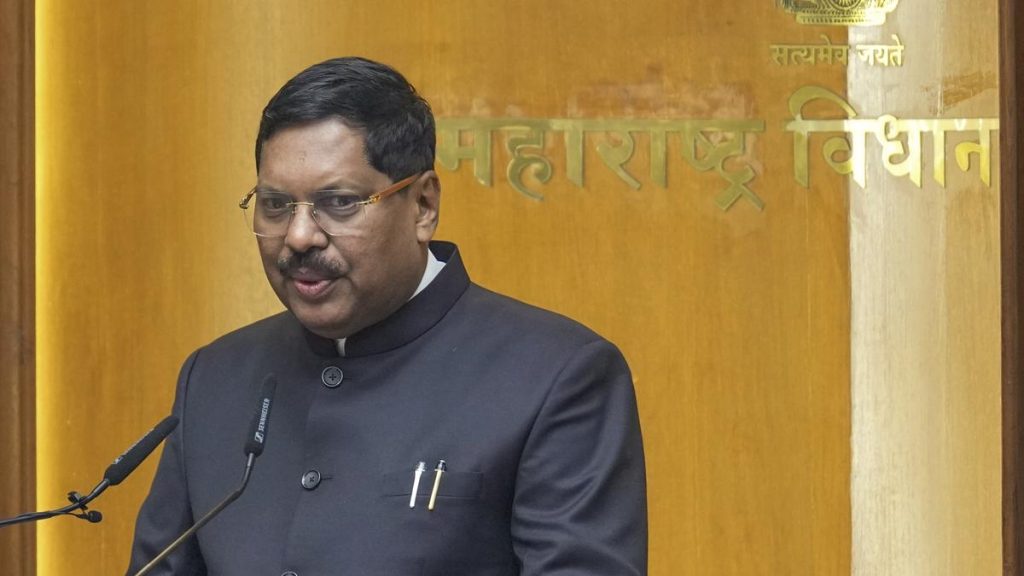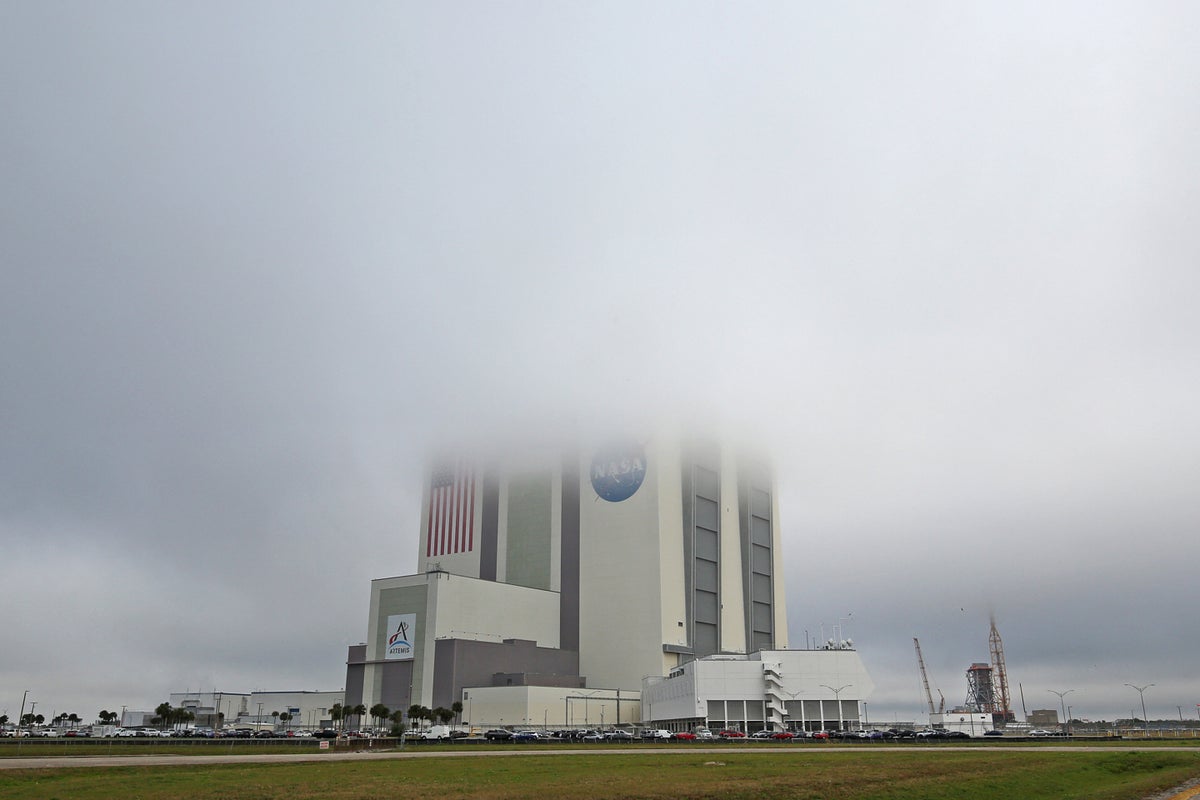Now Reading: NASA Faces Tough Questions on Managing Death in Space
-
01
NASA Faces Tough Questions on Managing Death in Space
NASA Faces Tough Questions on Managing Death in Space

Quick summary:
- NASA has developed a “Human Remains Containment unit” (HRCU) for addressing potential astronaut deaths in space.
- Since 2012, this soft-sided pouch has been quietly integrated into International Space Station (ISS) cargo shipments to prepare for such scenarios.
- The HRCU includes features like odor-control filters, moisture absorbent linings, and reversed zippers for dignified body handling. It can attach to existing refrigeration systems aboard the ISS to slow decomposition.
- No human has yet died of natural causes in space; past fatalities occurred within Earth’s atmosphere or on reentry. However,as missions extend beyond low-earth orbit and NASA’s astronaut corps ages (average age: 50),the statistical likelihood of death increases.
- NASA trains astronauts in forensic sample collection during missions to ensure that valuable data-from physiology anomalies to possible system flaws-can be preserved postmortem.
- Protocols also include measures such as space shrouds for bodies recovered during spacewalks or outside the station and guidance on off-world memorial ceremonies.
- The Outer Space Treaty from 1967 provides limited guidance on how jurisdiction or investigations would work with interplanetary deaths, leaving unanswered questions about commercial missions or private-sector governance.
Indian Opinion Analysis:
NASA’s proactive approach highlights the growing complexity of deep-space exploration in addressing human vulnerabilities alongside technological strides.Preparing for astronaut mortality is pragmatic given plans for long-duration moon and Mars missions-an area where India’s own Chandrayaan programs might eventually need similar considerations as ISRO expands its extraterrestrial ambitions.
The process underscores both technological challenges (like understanding decomposition in microgravity) and ethical dilemmas concerning funerary protocols and jurisdiction over remains-a matter notably relevant amid increasing international collaboration in space exploration. For India, which aims to reinforce its footprint via Gaganyaan’s crewed mission by 2024-25, adapting similar methods could bolster mission preparedness while mitigating risks.
The discourse also emphasizes humanity’s obligation toward sustaining dignity across all domains-even those unbound by Earth’s gravity-a sentiment resonant with India’s long-held cultural reverence surrounding life cycles.























